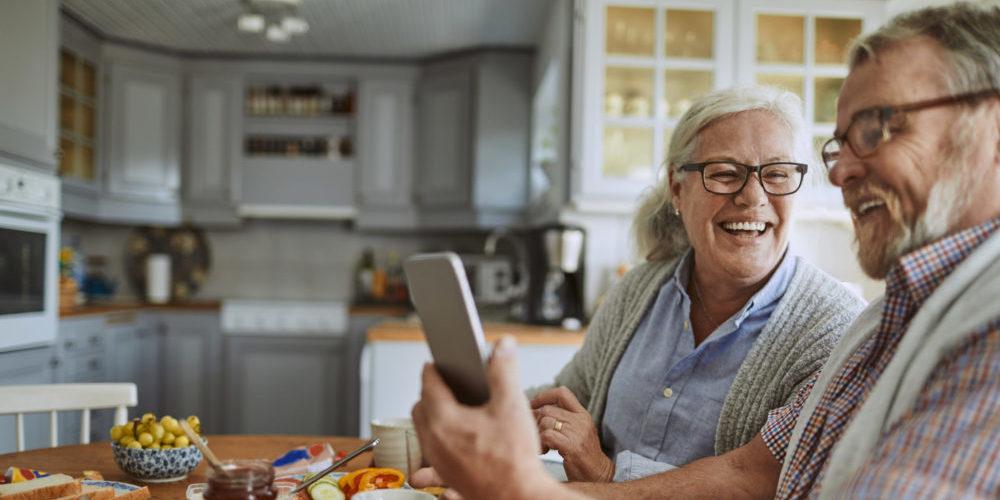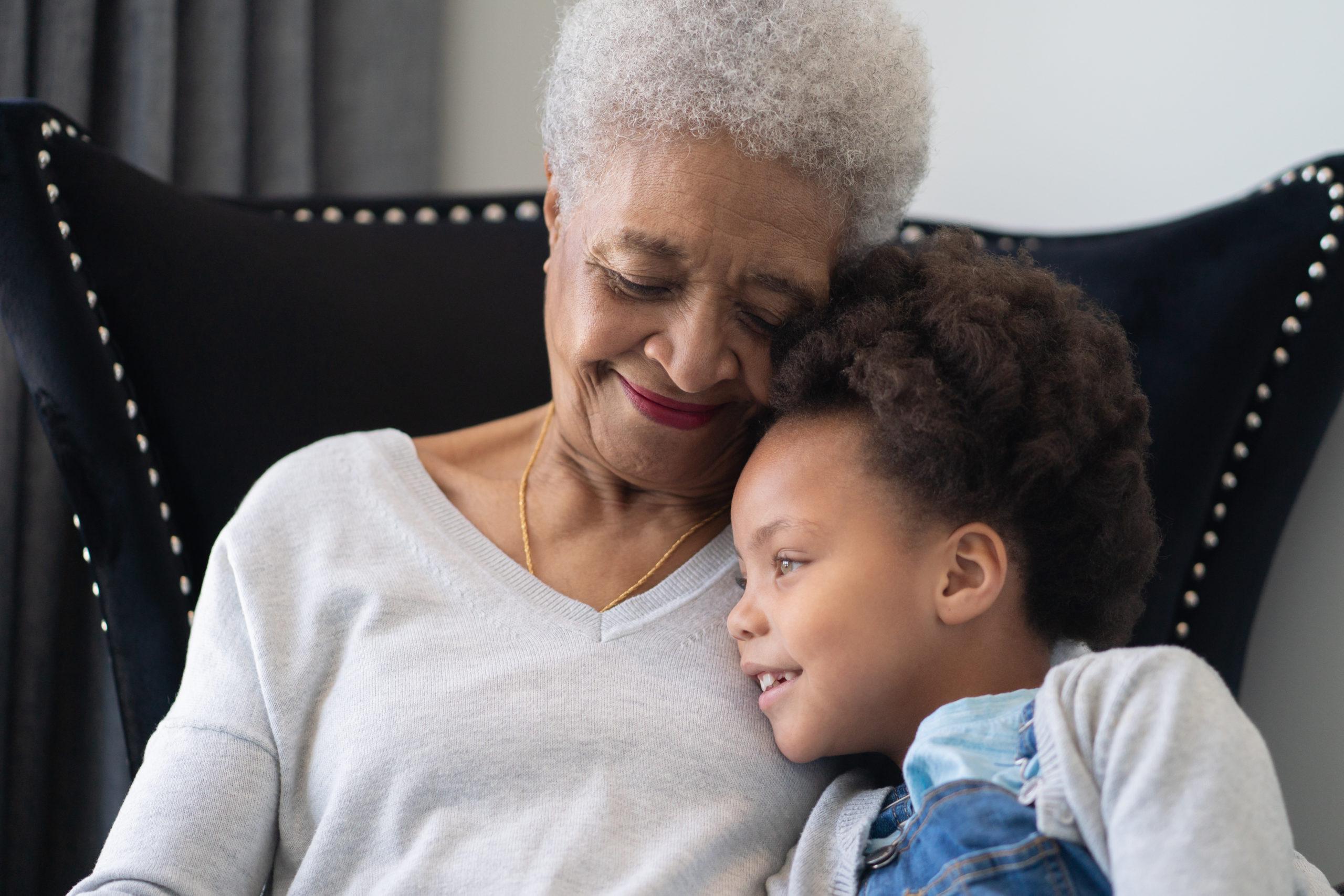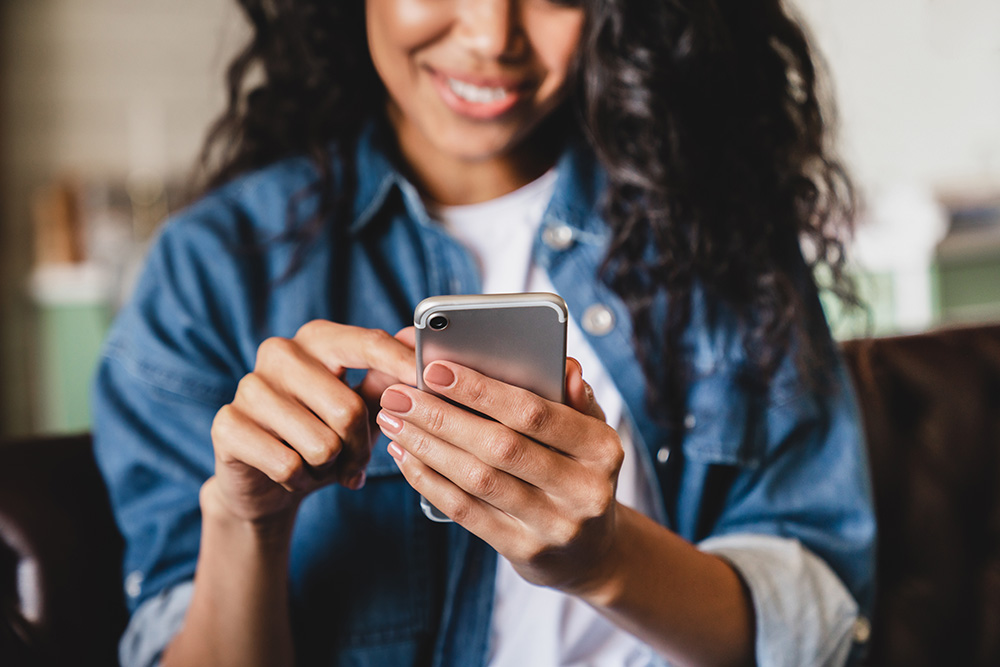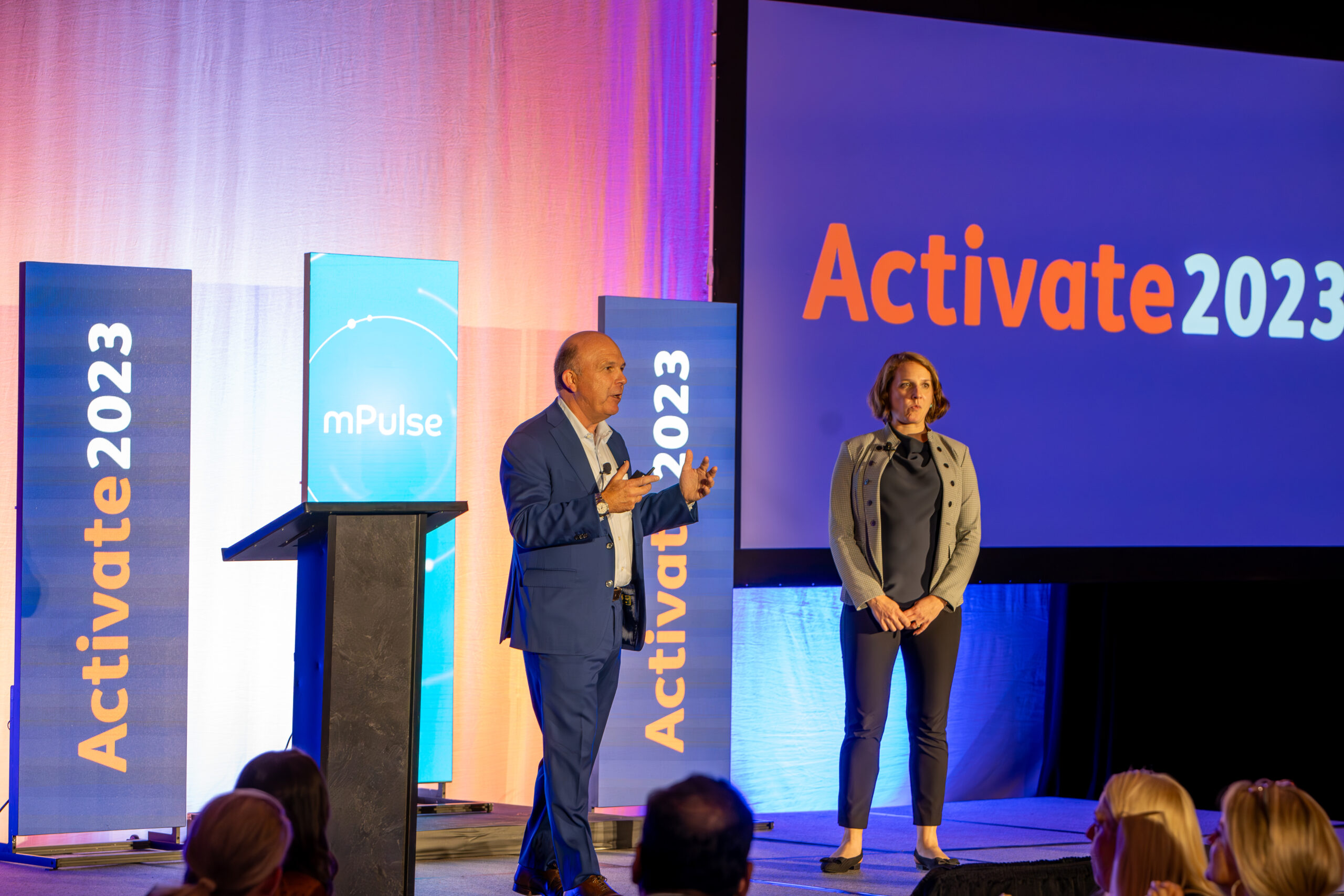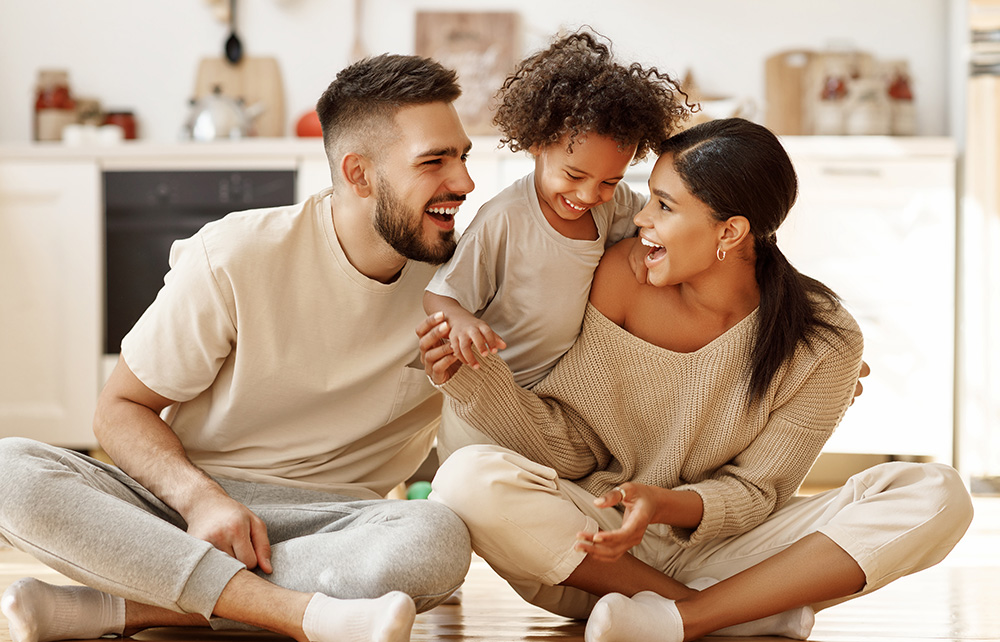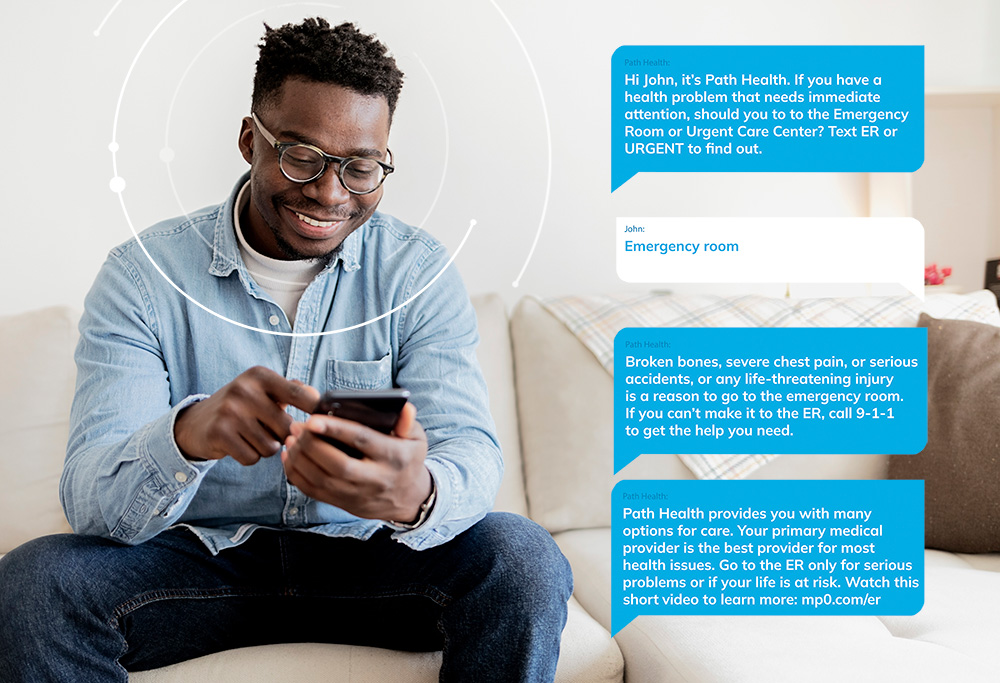Don’t forget to catch up with Part 1 and Part 2 of this blog series first!
______________________
So, readers, let’s talk more about theory and research. Robert Cialdini has been studying the science of persuasion for over forty years. In 1984 he wrote Influence, which reveals 6 principles of persuasion. It was an instant success and sits on the desks of advertising executives, copywriters, and marketeers everywhere, and reciprocity is the first of Cialdini’s six universal principles of persuasion. Why? Because the evidence shows that it works.
Free coffee and donuts help car salespeople close deals. A couple of unexpected candies in the check at a restaurant gets the server a bigger tip (particularly if they come back to the table and hand deliver the second candy to “you lovely, special people”). When the hotel donates to charity on your behalf, you reuse a towel that you’d normally throw on the floor.
Reciprocity in Healthcare
You are probably thinking to yourself, “Cool, but what the heck does this have to do with healthcare?” Healthcare organizations have a real need for information or action from members, and it’s not always easy to get. By using a value first design to your approach (which means you provide the member with something valuable first and ask for the return favor later), you increase the likelihood of success.
We don’t just think and talk about these concepts, though. We put it into practice, and the Health Outcomes Survey (HOS) for Medicare beneficiaries is a perfect example of a healthcare initiative in which reciprocity can play a big role.
We innovated on the standard HOS solution by applying value first design, so instead of asking members to answer a questionnaire by telling them that it’s very important (it’s important to the health plan, not the member, by the way), we first provide them with a fun, engaging digital experience designed to be valuable, personal, and unexpected. Most importantly, it includes changes members can make easily and quickly in their own lives. It’s only after we provide this experience that we ask members to provide their feedback, allowing us to identify high risk members so the plan can act.
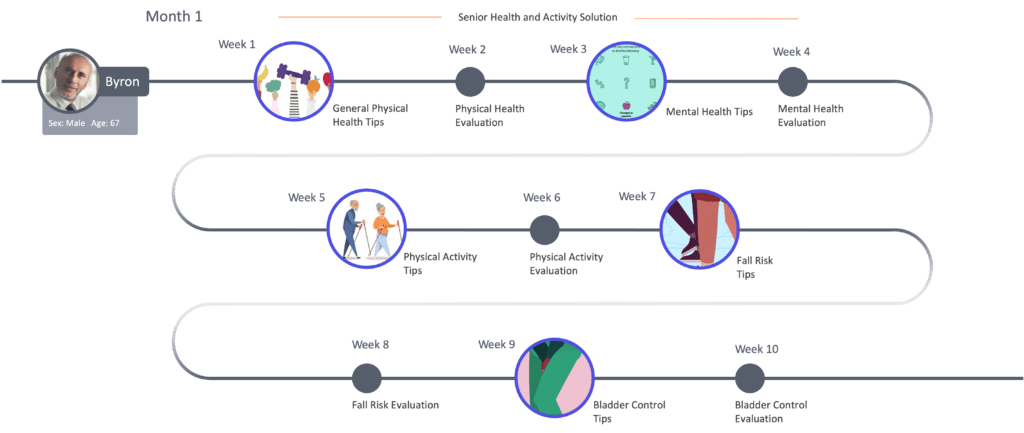
Useful tip: Don’t only give first (it isn’t enough). Aim to also give a gift unexpectedly. In a study, customers who were given surprise discount coupons upon entering a shop spent on average 11% more than those who were given the coupons in advance. The unexpected nature of the gift amplified customer responses. Ensure that what you give is unexpected relative to the norm of what’s expected.
Want to learn more about using reciprocity in healthcare? Watch the on-demand webinar »
Something Unexpected
Enter streaming health content. It’s something unexpected from healthcare but familiar to the member because it resembles media they consume every day, such as Tik Tok and Instagram stories. In this HOS example, the unexpected and helpful gifts are Fotonovelas, which are stories told through auto-advancing images (much like the snapchat or Instagram story experience).
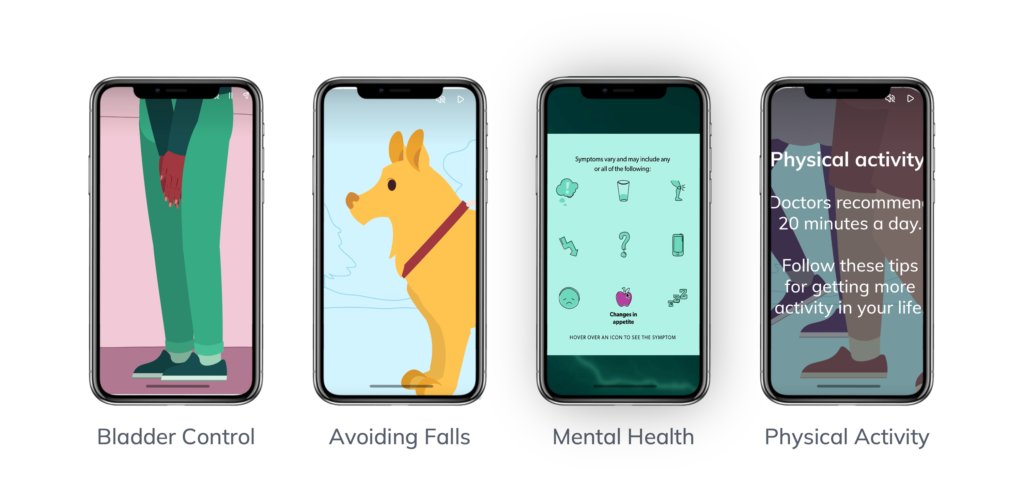
One of the biggest mysteries of neuroscience is how we create meaning out of the world. Stories are deep-rooted in the core of our nature and help us create this meaning.
Information presented in a story-based format is more easily remembered than plain statistics or facts. According to Stanford Graduate School of Business’ research, stories are 22 times more memorable than facts alone. This is likely because stories universally activate brain regions dealing with emotional processing and memory.
A powerful communication tool, stories can capture attention, build trust and credibility, and deliver messages and insights with impact. In the next installment in our Frictionless Healthcare blog and webinar series, we will go more in depth into storytelling effect, the psychology behind storytelling, and how to leverage it within your organization, so stay tuned and maybe sign up for our newsletter below (nudge nudge).
Speaking of attention, dear readers, I’m probably losing yours. So, let’s wrap things up with some key takeaways about reciprocity.
- It’s how relationships are built
- It’s not a trade or negotiation
- Follow the order of events: give, then ask
- Give something unexpected, personal, and valuable to increase the impact
To learn more about using reciprocity in healthcare outreach, watch the full webinar below.

